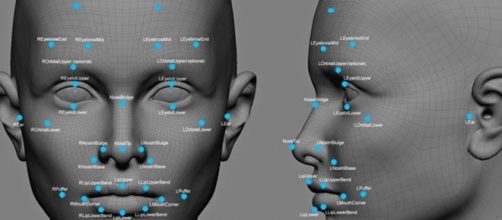The current Airport Security conditions carried out by travelers are invasive enough. With the revised executive order signed by US President Donald Trump, it appears that more security procedures will be implemented soon. These procedures, including Facial Recognition, will not only cover tourists and international travelers but US citizens as well.
Biometric exit
Trump's executive order sought to fast track the Biometric Exit. This is a program intended to verify the identities of international travelers by gathering data about them as they leave the United States.
Collecting of data includes fingerprints, eye scans, and face scans or facial recognition. Increased data collection is already implemented in several airports in the United States. It will soon be implemented in more airports in the next months.
For years, airports have been gathering biometric information of non-US citizens. This is performed by taking photos at Passport Control upon entering the country. These will then be checked against government databases. According to Jennifer Gabris, Customs Border Protection spokesperson, no photos were taken during the travelers' exit. Aside from that, some visa holders occasionally do not submit the required departure form. Advocates of Biometric Exit note that without any way to verify travelers' identities as they leave the country, it becomes difficult to determine who overstays.
In addition, it is also challenging to track possible terrorists and get a precise immigration count.
Facial recognition
With the Customs and Border Protection at the helm, the latest plan is to build a program around the Biometric Exit. This new project will list travelers leaving the United States using facial recognition.
It was reported earlier that this would only cover non-US citizens. However, a recent statement reveals that CBP intends to make facial scans a requirement for all, including US citizens. The result will eventually become an airport-wide system, which the CBP calls The Biometric Pathway.
According to CBP's Deputy Assistant Commissioner John Wagner, facial recognition will be used to record the identity of travelers coming into the US.
This will apply to everyone, including passport-holding citizens. As the systems reach the TSA checkpoints and airport access, it will cover domestic travelers regardless of citizenship status. Wagner was quoted that as the traveler checks in for arrival or departure, their photo will be staged in the database.


